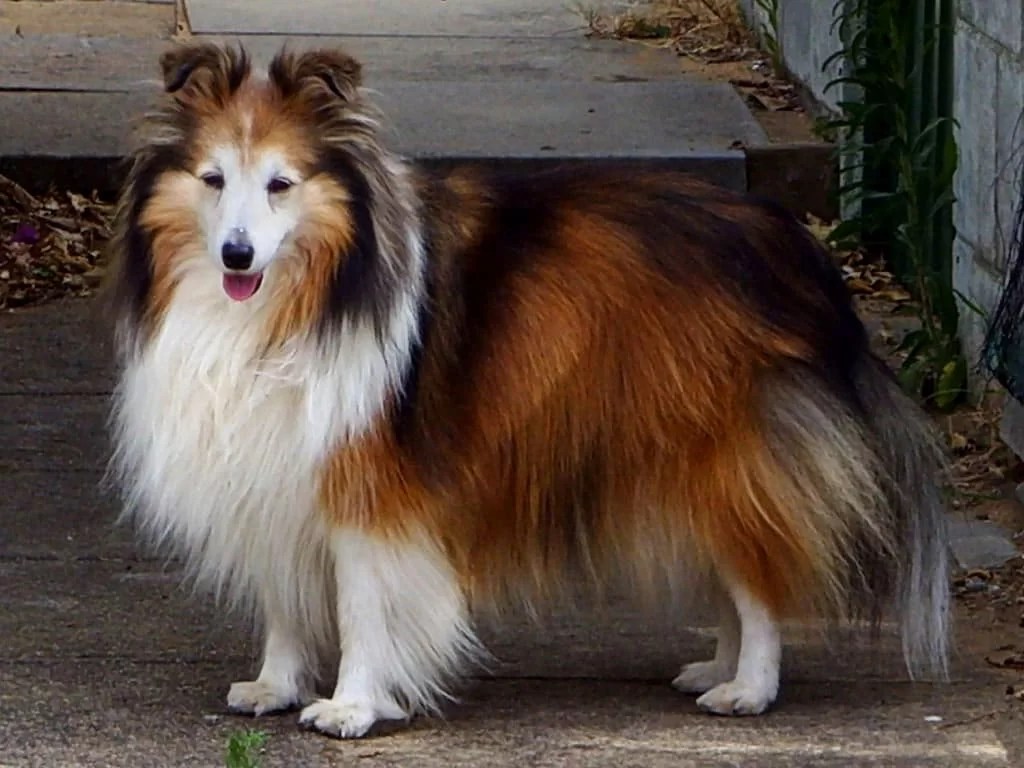The Shetland Sheepdog, often known as the Sheltie, is a breed of dog that originated in the Shetland Islands of Scotland. The breed was originally known as the “Shetland Collie” but was renamed because this name caused controversy amongst other collie enthusiasts.
Shetland Sheepdogs are unlike many other miniature breeds in that they were not developed simply by selectively breeding the Rough Collie for smaller and smaller sizes. The original sheepdog of Shetland was a Spitz-type dog, probably similar to the modern Icelandic Sheepdog.
This dog was crossed with mainland working collies brought to the islands, and then after being taken to England.
Since the 1960s, many dog breeds have been created by crossing the Rough Collie with other breeds. This includes crossing it with the extinct Greenland Yakki, King Charles Spaniel (not to be confused with the Cavalier), and Pomeranian, and possibly Border Collie. The original Shetland sheepdog was replaced by Border Collies for herding.
This small dog is a devoted family pet and can be quite vocal. They are also called known as “shadows” due to their high level of trust with their owners. They are incredibly loyal dogs that love attention. The Shetland Sheepdog is a small, agile dog.
They are longer than they are tall and have a smooth gait and covering the ground. Their coat is double with an undercoat that is short and dense and an outer coat that is straight and harsh. Their expression is often gentle, intelligent, and questioning.
They have the agility, speed, endurance, and intelligence to be efficient herding dogs.
Because of the low amount of melanin in the Sheltie fur, they tend to have a white or cream coat with dark blue or black spots. Blue merle Shelties may have blue eyes or one brown and one blue eye, but all other Shelties have dark-colored eyes.
Their expression should be that of alertness with a gentle. They are often very good with children. They carry their tail down low, only lifted when alert, and never carried over the back.
Shetland Sheepdog Body structure
They have a double coat, which means that they have two layers of fur. The long, rough guard hairs lie on top of a thick, soft undercoat. The guard hairs are water-repellent while the undercoat provides relief from both high and low temperatures.
Shelties normally weigh between 5 and 11 kilograms. Shorter and stockier, males tend to be taller and heavier than females. Males can be as tall as 41 centimeters at the shoulder while the range for females is between 30-38 centimeters.
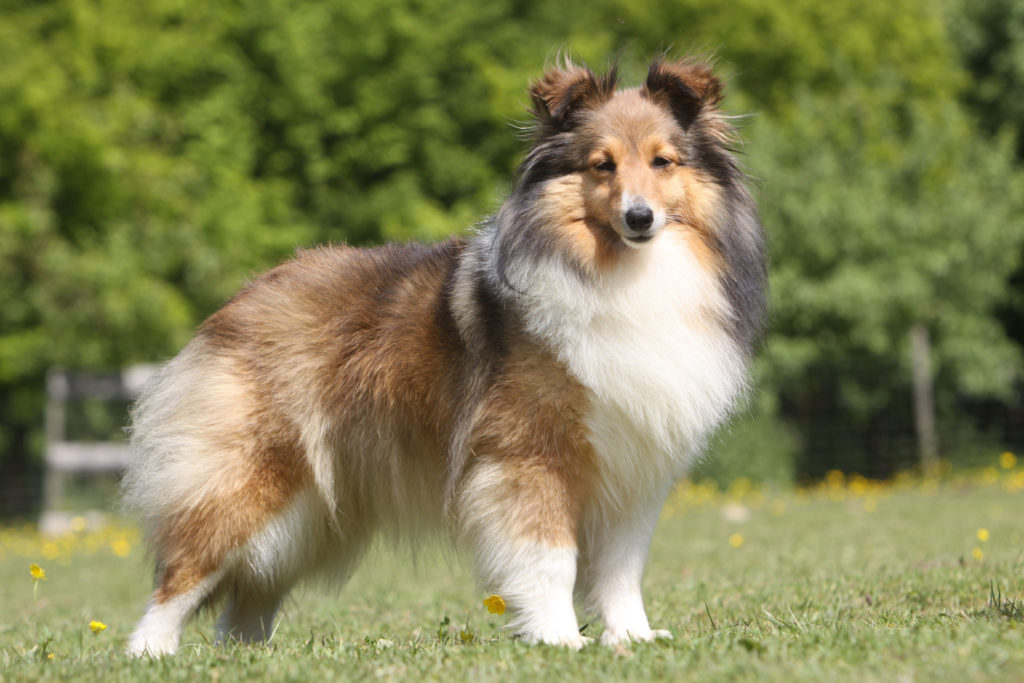
Shetland Sheepdog Exercise and Training
Though Shetland Sheepdogs do not require extensive exercise like other breeds, they still need to run and play regularly. Otherwise, they may become bored and bark or chew on things excessively.
A dog’s happiness is dependent on having mental stimulation. The most effective way to stimulate their mind is through obedience training, agility, herding, or games that challenge them mentally. Even if it means just fetching balls and finding hidden toys.
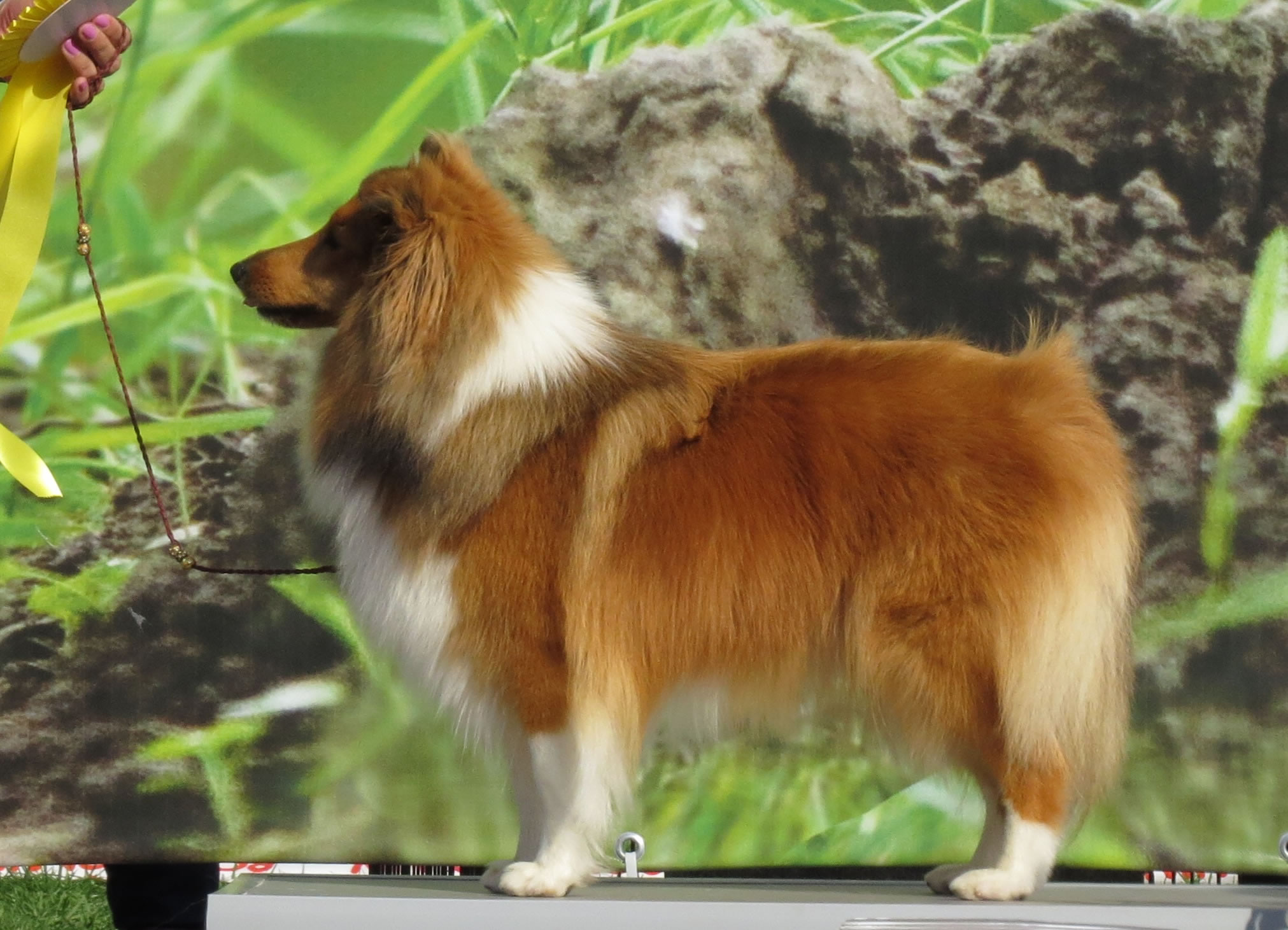
Shetland Sheepdog Behavior
These dogs have quick reflexes that can make them overly reactive to loud noises and sudden touches. Indeed, quite a few individuals are high-strung, startle easily, and don’t do well in an environment with frequent tension, loud voices, or too much rough-housing. They can be overwhelmed by the herky-jerky mannerisms of small children.
They are easy to train if you have a calm voice and a light hand on the leash. They are sensitive, so they need only verbal corrections and become defensive or wilted if you jerk them around. Praise, gentle guidance with your hands or leash, and food rewards are the way to go with Shelties.
The Shetland Sheepdog is friendly with other dogs and cats, but maybe aloof with strangers. Because of their reserved nature, they need extensive socialization to become confident around people.
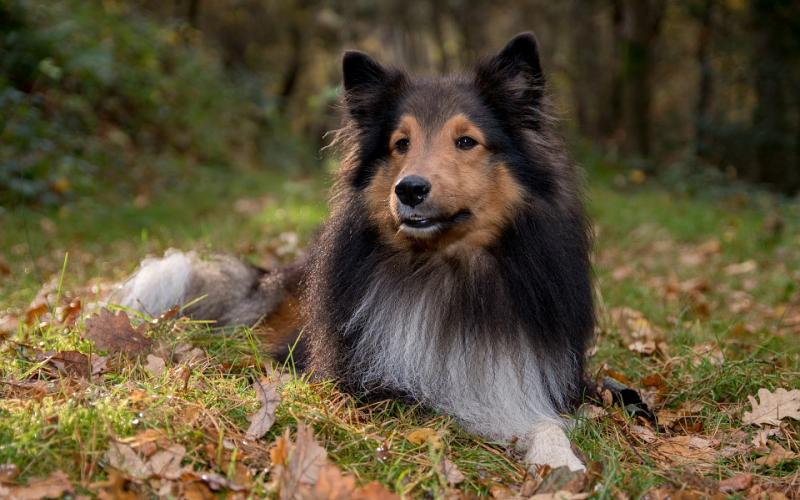
Shetland Sheepdog Health Challenges
Shelties are known to be a healthy breed, but this is not always true. They often face health issues such as epilepsy, bleeding disorders, heart disease, joint disorders, eye diseases, and endocrine system disorders.
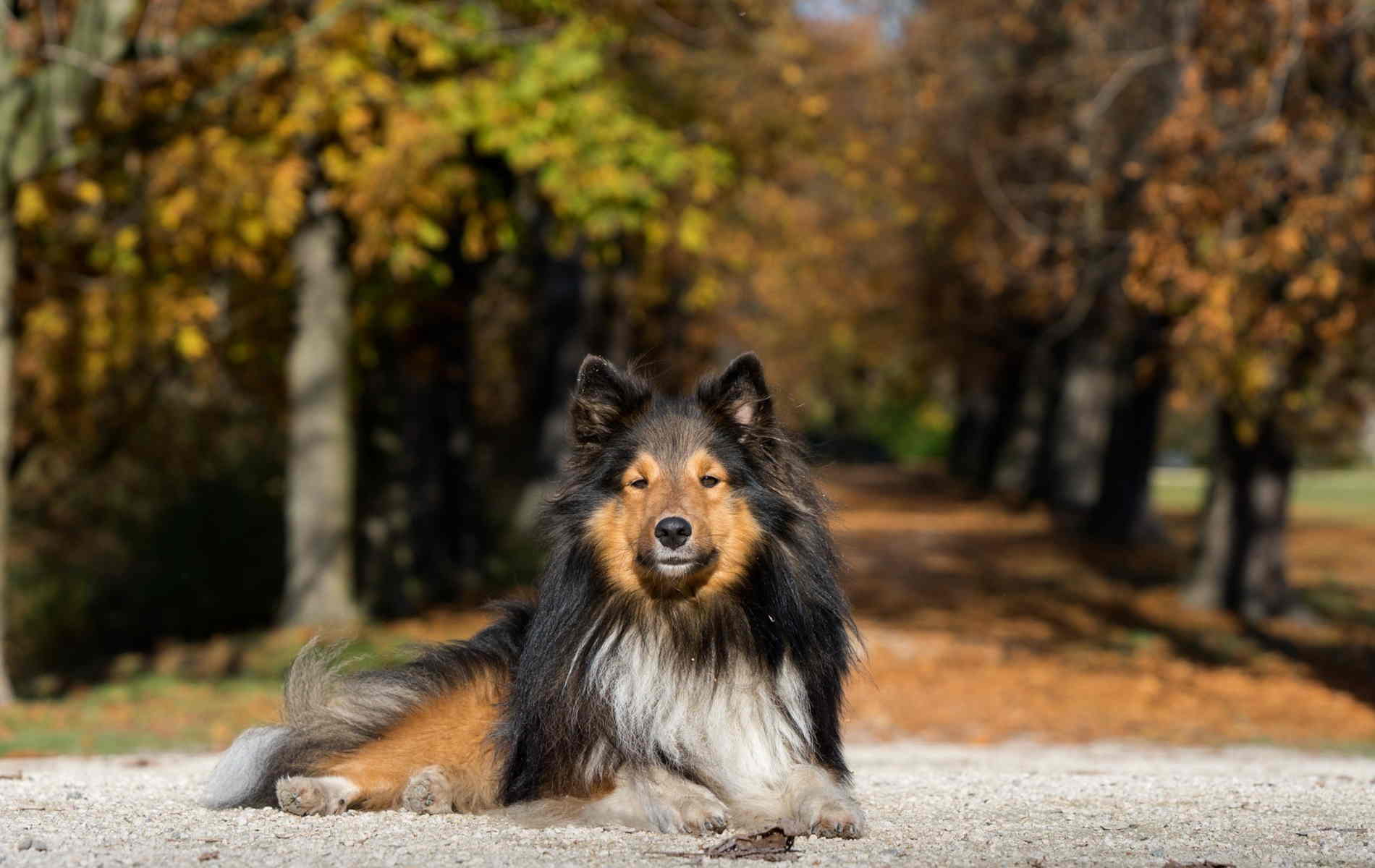
RECOMMENDED ARTICLES
- 10 Great Dog Breeds for First-Time Owners
- Portuguese Water Dog: Characteristics, Behaviour And Health
- Newfoundland Dogs: Characteristics, Behaviour And Health
- Leonberger Dog – 4 Comprehensive Body Characteristics, Behaviour And Health
- Mastiff Dog Breed – 8 Exclusive Body Characteristics, Behaviour and Health
If you like, please share it. Sharing is usually caring.

